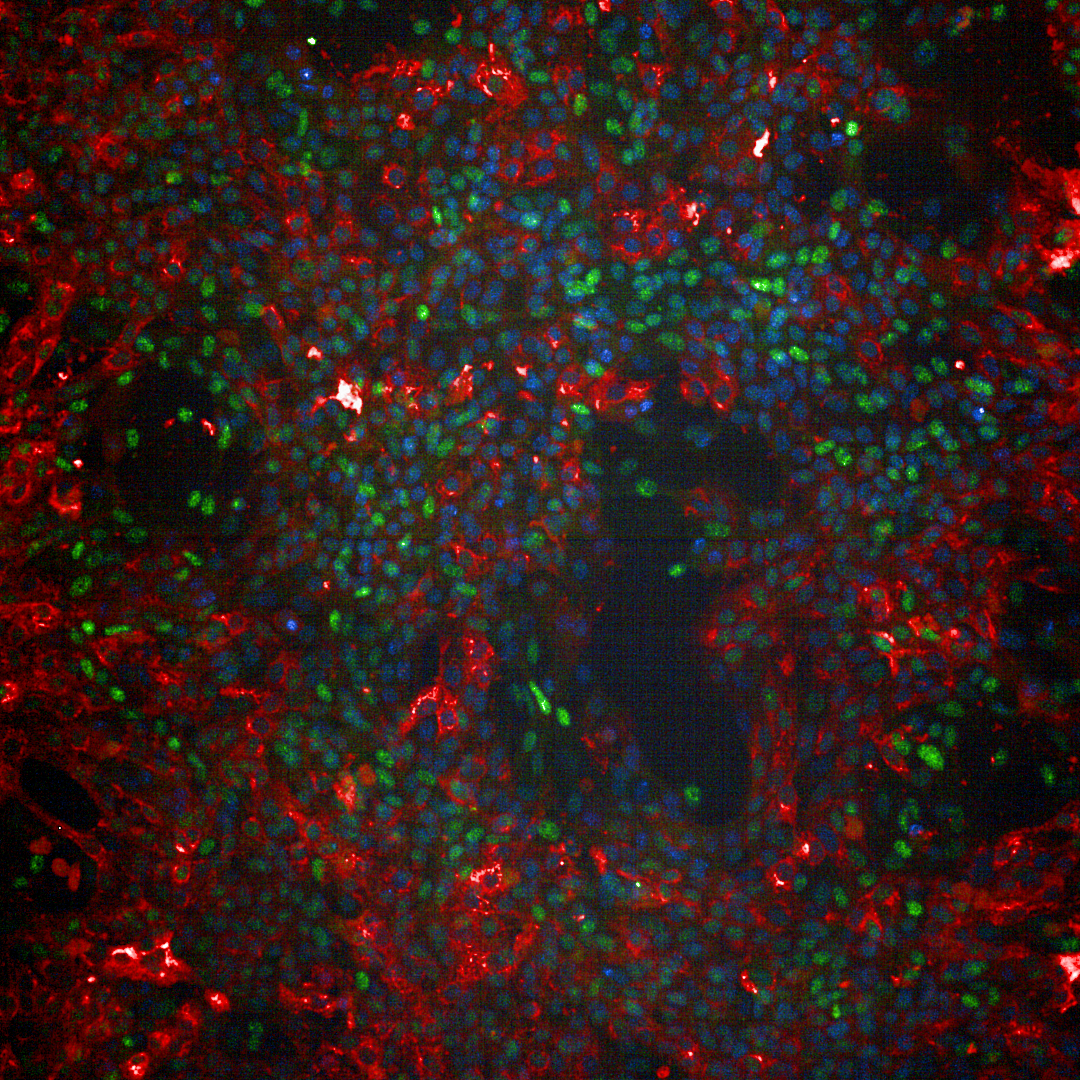Yunfei Bai,Zhenghao Yang,Xiaochan Xu,Wanqiu Ding,Juntian Qi,Feng Liu,Xiaoxiao Wang,Bin Zhou,Wenpeng Zhang,Xiaomei Zhuang,Guanglu Li,Yang Zhao✉
Abstract
Background and Aims: Cell fate can be directly reprogrammed from acces-sible cell types (e.g., fibroblasts) into functional cell types by exposure to small molecule stimuli. However, no chemical reprogramming method has been re-ported to date that successfully generates functional hepatocyte-like cells that can repopulate liver tissue, casting doubt over the feasibility of chemical repro-gramming approaches to obtain desirable cell types for therapeutic applications.
Approach and Results: Here, through chemical induction of phenotypic plas-ticity, we provide a proof-of-concept demonstration of the direct chemical re-programming of mouse fibroblasts into functional hepatocyte-like cells using exposure to small molecule cocktails in culture medium to successively stimulate endogenous expression of master transcription factors associated with hepato-cyte development, such as hepatocyte nuclear factor 4a, nuclear receptor sub-family 1, group I, member 2, and nuclear receptor subfamily 1, group H, member 4. RNA sequencing analysis, metabolic assays, and in vivo physiological experi-ments show that chemically induced hepatocytes (CiHeps) exhibit comparable activity and function to primary hepatocytes, especially in liver repopulation to rescue liver failure in fumarylacetoacetate hydrolase−/−recombination activatinggene 2−/−interleukin 2 receptor, gamma chain−/− mice in vivo. Single-cell RNA-seq further revealed that gastrointestinal-like and keratinocyte-like cells were induced along with CiHeps, resembling the activation of an intestinal program within hepatic reprogramming as described in transgenic approaches.
Conclusions: Our findings show that direct chemical reprogramming can generate hepatocyte-like cells with high-quality physiological properties, pro-viding a paradigm for establishing hepatocyte identity in fibroblasts and dem-onstrating the potential for chemical reprogramming in organ/tissue repair and regeneration therapies.
https://aasldpubs.onlinelibrary.wiley.com/doi/abs/10.1002/hep.32686

